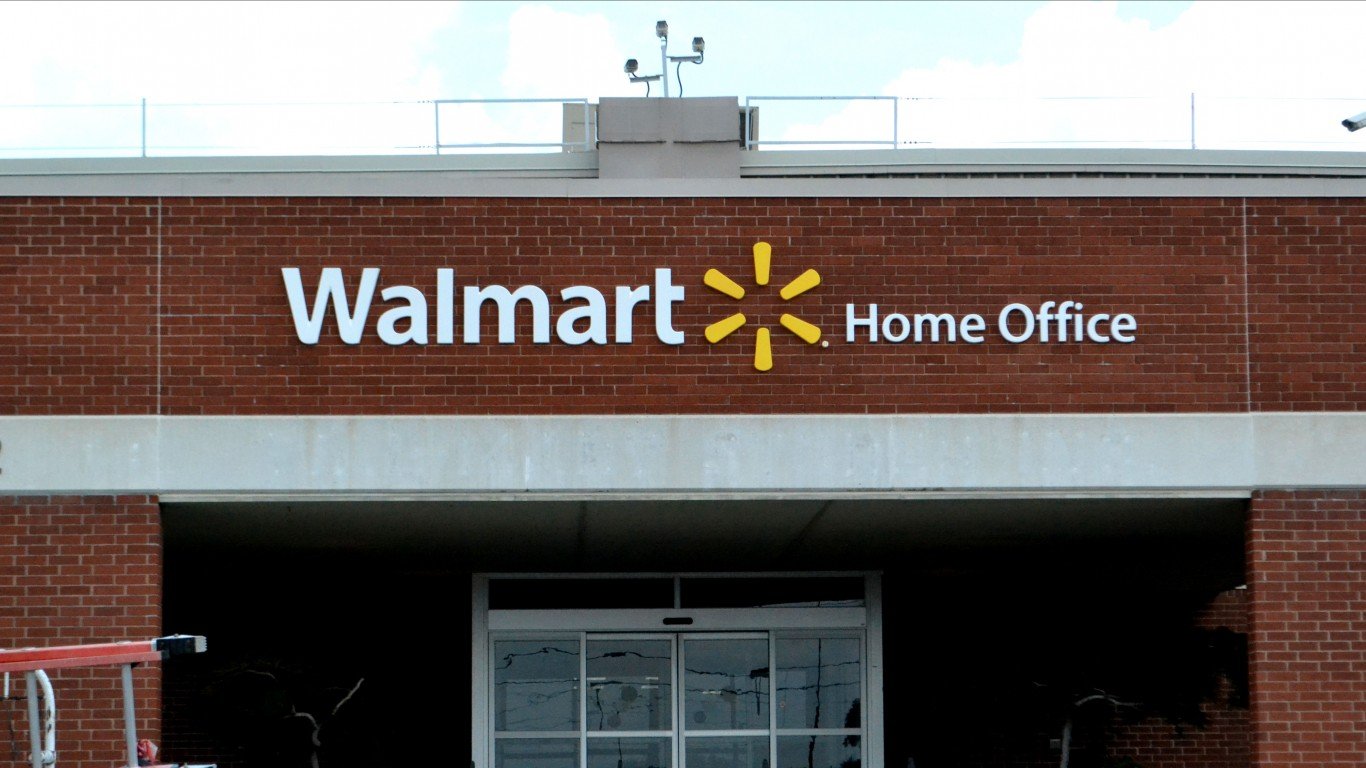

Some retailers posted results that show they may not make it much beyond the holidays before their financial situations collapse, leaving them in the state in which Sears and Kmart find themselves. At the front of this line is J.C. Penney, which announced its same-store sales may be down as much as 8% for the year, which is fundamentally a flat spin. On the other hand, if the retail industry needed a signal that the holiday season will be robust, it was Walmart Inc’s earnings. Two-year comparable store sales rose 6.6%. E-commerce sales were up 41% from the same quarter a year ago. Overall global revenue was up 3.3% to $128 billion. Forecast results for the holiday quarter were strong. Much of the industry appears to be as fortunate.
With 38 shopping days until Christmas, large retailers have added hundreds of thousands of temporary workers, industry experts have forecast the best holiday sales since the Great Recession, and China trade tensions have not blunted consumer confidence. The only worry on the horizon is that even the best of shopping seasons will not bail out the weakest retailers.
Retailers have started to offer huge discounts on items before the Thanksgiving weekend, which includes Black Friday, a day that is considered a barometer for the rest of the season. Few people who follow the holiday economy are worried about these discounts. They are traditional and usually mean a retailer has stocked up on items for which it paid unusually low prices, or it wants to offer loss leaders to bring in shoppers who will buy other, more profitable things.
The holiday ads for Walmart have been leaked. Since it is the largest retailer in the country, its early offers are followed closely. BestBlackFriday, which tracks these discounts, says that Walmart already has undercut smaller rivals Target, Kohl’s and Best Buy on the sought-after TVs and smartphones. Deeply discounted items include smart TVs from large manufacturer Philips, special offers on the iPhone 11 and Apple Watch, and the latest Wi-Fi products. Walmart’s purchasing power with suppliers and rock-solid balance sheet give it the opportunity to undercut the competition, both at Walmart.com and at its over 5,000 stores. It is the largest employer in a number of American states.
Not to be bested by its brick-and-mortar rivals, Amazon.com Inc. has released a huge number of discounted items. For the time being, its focus is primarily on toys, clothing and consumer electronics. Amazon may dig itself a new earnings hole because of its aggressive free shipping. Last quarter, new, particularly aggressive shipping deals hurt its numbers. Free shipping deals as a competitive advantage grow by the year, as companies like Walmart offer deals that match Amazon’s. Observers believe that free shipping is another way to pound rivals into the ground. Even if short-term financial results are hurt, what is often a money-losing practice is something Amazon can easily afford.
Two trends show that the holidays may be a boon for healthy companies in the business. Retailers and airfreight companies like FedEx and UPS have hired armies of temporary workers. This lends at least a temporary bump to the economy and is a sign of optimism. Second, the most respected observers of holiday trends predict an unusually good season. On October 3, the nation’s retail association announced, “The National Retail Federation today said it expects holiday retail sales during November and December to increase between 3.8 percent and 4.2 percent over 2018 to a total of between $727.9 billion and $730.7 billion.”
Economists have said that consumers should have started to feel the effects of tariffs by now. In pockets, like the farming sector, they have been. But most measures of consumer confidence continue to be strong. That is probably due to unemployment that is a five-decade low and unusually low interest rates, which in some cases helps consumers borrow against the purchase of holiday gifts. In fact, there is some evidence that early forecasts for holiday sales may actually be too low.
Holiday season forecasts have been dominated by tailwinds and forecasts of tailwinds ahead. With only 38 shopping days until Christmas, both shoppers and most retailers appear to be in very good shape.
Thank you for reading! Have some feedback for us?
Contact the 24/7 Wall St. editorial team.
 24/7 Wall St.
24/7 Wall St.


